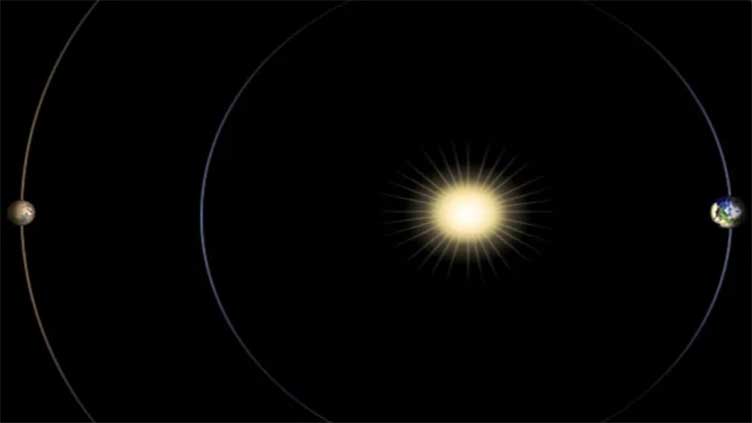Mars 'vanishes' forcing Nasa to pause all missions on red planet – and 'invisible' phenomenon is to blame

Technology
Nasa still has important tasks to complete on the red planet
(Web Desk) - Mars will become completely invisible from Earth, forcing Nasa to hit the pause button on its work with the planet.
The Earth and Mars solar conjunction will last until November 25. During the solar conjunction, Earth, Mars, and the Sun align in a straight line.
The sun completely obstructs the view and signals being sent from Earth and Mars while the alignment occurs, causing the two planets to become invisible to each other.
“Solar conjunction is the period when Earth and Mars, in their eternal march around the Sun, are obscured from each other by the fiery orb of the Sun itself,” Nasa said in a statement.
“Like dancers on either side of a huge bonfire, the two planets are temporarily invisible to each other.”
It also makes it impossible for Nasa’s rovers, landers, and orbiters on Mars to properly communicate with Earth.
Nasa has been preparing for the event, revealing it will need to shut off communications with the Mars spacecraft because signals can be interrupted by the Sun.
If an interrupted signal is sent, it could be incomplete and confuse the spacecraft causing them to be in danger, Nasa explained in a video.
“No one attempts to send new instructions to Mars during solar conjunction,” Nasa said in the statement.
“It's impossible to predict what information might be lost due to interference from charged particles from the Sun, and that lost information could potentially endanger the spacecraft.”
During the pause period, Nasa has created “to-do” lists for the spacecraft to work on.
The spacecraft will go into autopilot, but Nasa feels confident in this process as it has become skilled at doing so.
However, Nasa will still check up on the spacecraft during the two-week period.
“Our mission teams have spent months preparing to-do lists for all our Mars spacecraft,” Roy Gladden, manager of the Mars Relay Network at NASA’s Jet Propulsion Laboratory in Southern California said in a press release.
“We’ll still be able to hear from them and check their states of health over the next few weeks.”



